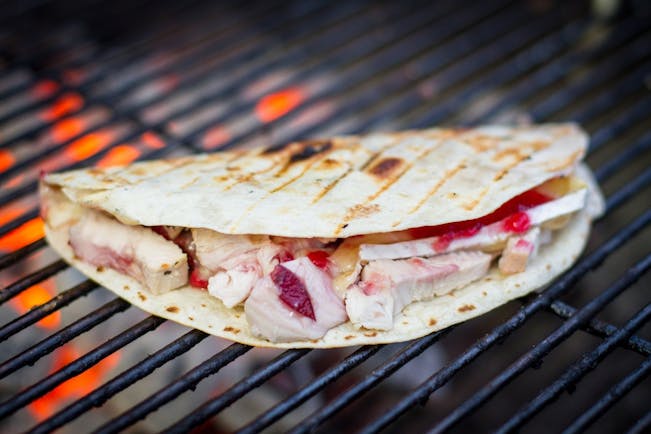Smoke Signals
The other day I came across an article that discussed the history of smoke signals. One particularly interesting section mentioned how the smoke signal is one of the world's oldest forms of communication. Instantly, I thought about grilling (of course) and how nowadays smoke signals provide a way for our grills to talk to us.
If you're grilling like a true Weber enthusiast, you know your lid must stay closed while cooking. This keeps heat inside and allows the grill to cook your food the way it was designed to. However, with the lid closed, you can't see what's happening inside of the grill. To remedy this problem, we have lots of tools that help us understand what's going on at any given time.
We use timers to help remind us when our food is done, and meat thermometers to help ensure our meal is grilled to the appropriate doneness. But one simple, and often overlooked indicator, is the color of smoke. This is where paying close attention can make all the difference in your grilling results.
Smoke is a natural part of grilling, and it infuses foods with that woodsy, BBQ flavor we all love. White colored smoke coming out of the grill signals that the food is being grilled correctly. At this point, just relax and let the grill do its job. But black smoke is a signal that the grill needs to be adjusted. It could mean that you have some flare-ups occurring inside the grill.
If this is the case, don't worry. Just open the lid and move your food to an indirect area on the grill. Then, lower the temperature inside the grill by either closing the vents on a charcoal grill or turning the controls knobs to medium or low on a gas grill.
That's about it! So let's recap:
Step 1: Pay attention and read the smoke signals.
Step 2: Adjust your grill if necessary.
This simple knowledge will help ensure that your grilling is done to perfection, every single time. Now get out there and fire things up!
Related Posts


